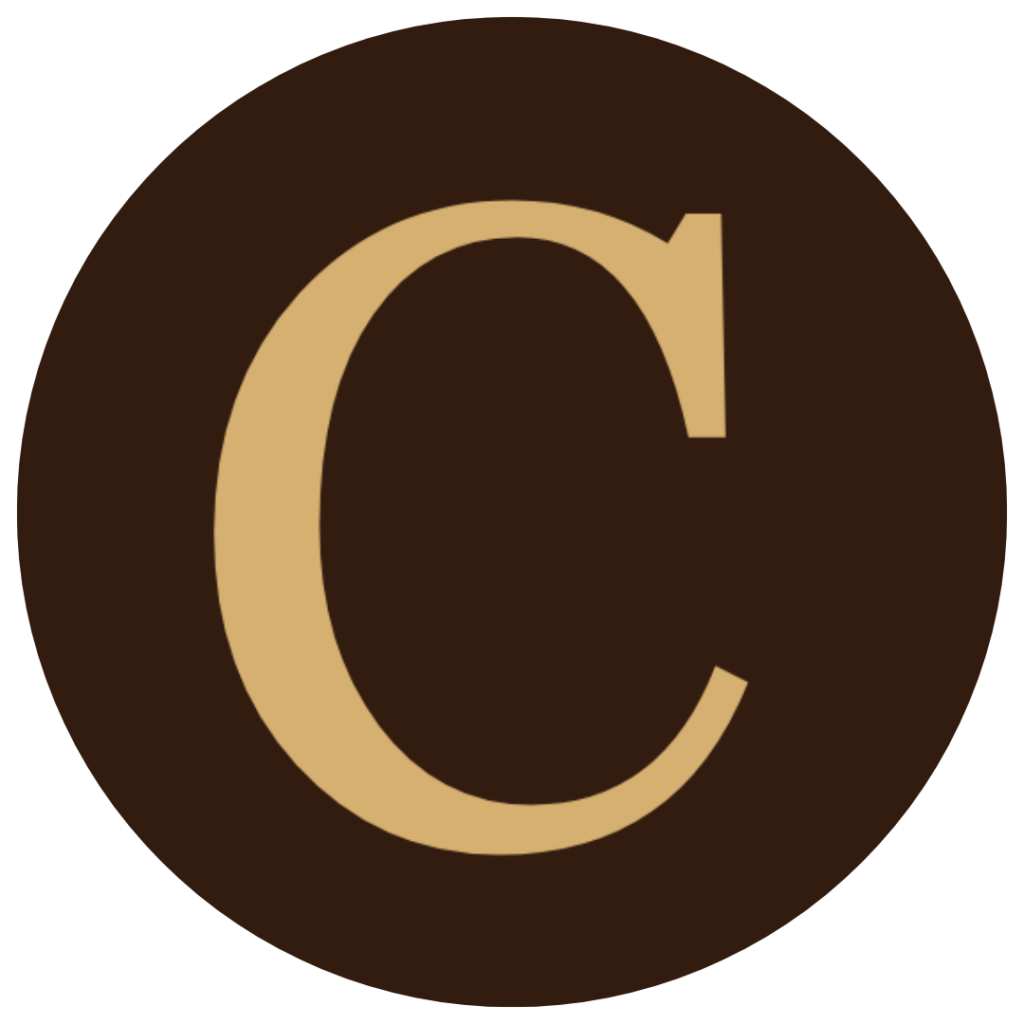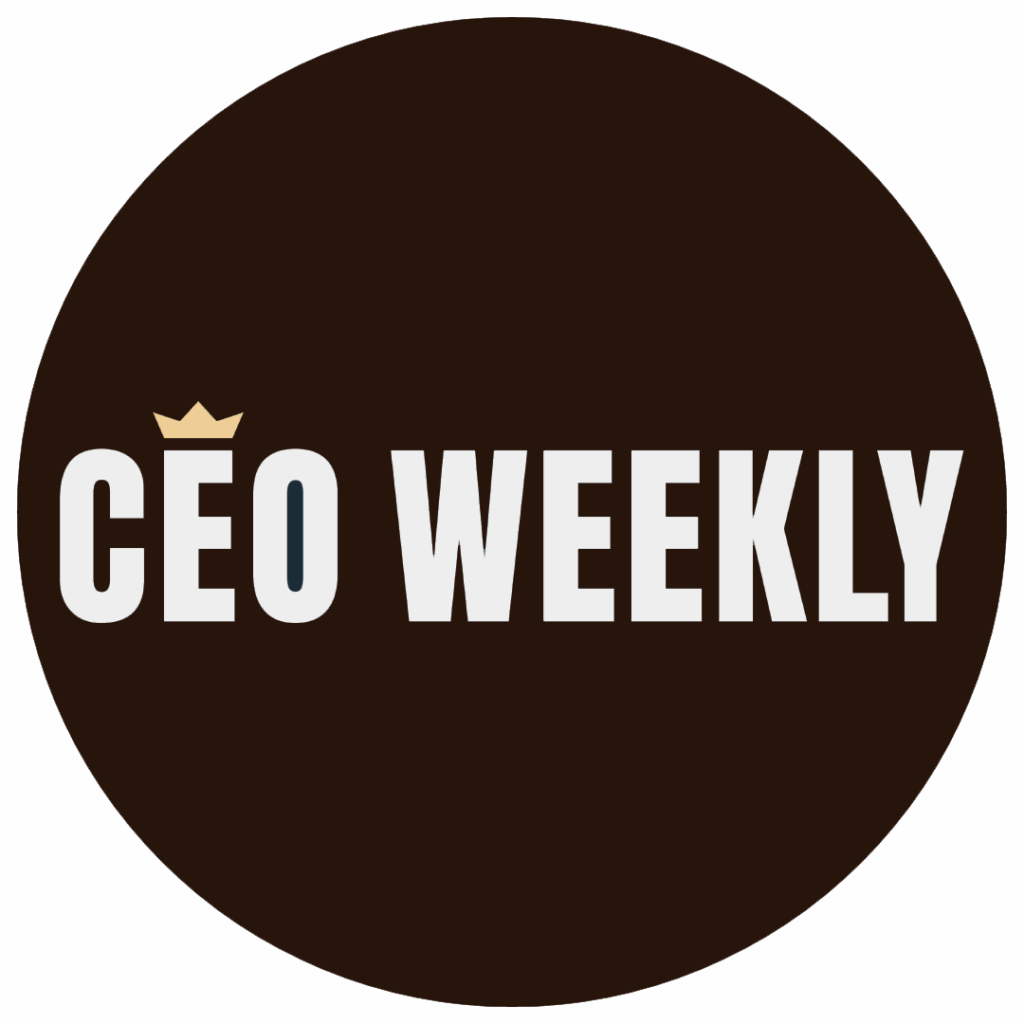By: Lady JB Owen
Leadership is easiest when times are good, but the real test comes during disruption. Whether facing market downturns, layoffs, or internal turbulence, how a leader handles a crisis shapes culture for years to come. The resilience and values demonstrated during such times often set the tone for future challenges, both internally and externally.
The Role of Leadership in Shaping Crisis Culture

Chellie Phillips, a workplace culture expert and author of Culture Secrets, emphasizes that a crisis doesn’t create a culture, it reveals its true strength or fragility. “In difficult times, the foundation of your culture either supports you or exposes its weaknesses,” Phillips explains. “Leaders who focus on the core values of their organization will find their teams more loyal, motivated, and committed through adversity.”
A robust culture, deeply rooted in shared values, can help organizations weather the storm with minimal fallout. Companies with strong cultures, built on trust and transparency, experience less turnover, stronger morale, and higher retention rates even during the most trying circumstances. In fact, research from the Harvard Business Review shows that organizations that prioritize culture-first leadership during crises retain more employees and maintain productivity. This is especially important because it’s during a crisis that people most need to feel connected to the organization’s mission and each other.
The V.A.L.U.E. Culture Formula: A Blueprint for Crisis Leadership
Phillips advocates for leaders to lean into the pillars of the V.A.L.U.E. Culture Formula, especially when facing uncertainty. The V.A.L.U.E. framework, which stands for Vision, Accountability, Leadership, Uniqueness, and Engagement, provides a comprehensive approach to creating a resilient culture.
- Vision: Reinforce long-term purpose to counter short-term fear. During uncertain times, it’s easy for employees to lose sight of the company’s mission and goals. Leaders must continuously remind teams of the larger purpose and the direction forward. A compelling vision not only provides clarity but also helps employees see beyond the immediate turbulence. As Phillips notes, “When a team knows where they’re going, they’re more likely to stay engaged and focused, even when the path is rocky.”
- Accountability: Stay transparent and consistent with expectations. One of the quickest ways to erode trust during a crisis is a lack of transparency. Leaders must communicate regularly and honestly, addressing challenges openly and setting clear expectations. Whether it’s layoffs, budget cuts, or other tough decisions, employees appreciate honesty and consistency. Phillips stresses the importance of maintaining clear lines of communication, saying, “A transparent leader builds a team that knows they can trust the direction, even when it’s uncertain.”
- Leadership: Show up with clarity, calm, and confidence. When leaders display confidence and clarity, it reassures employees that the organization can manage the crisis. In contrast, leaders who panic or show indecisiveness can cause panic among their teams. Phillips suggests that leadership during uncertain times should focus on remaining steady and composed, offering guidance with assurance: “If you crumble, your team crumbles. If you stay steady, they’ll find their footing.”
- Uniqueness: Recognize individuals’ contributions through adversity. A crisis can amplify the feelings of isolation or frustration, especially for those working on the front lines. Acknowledging everyone’s contributions, even in small ways, can make a huge difference. Phillips advocates for recognizing effort, not just results, and celebrating perseverance in the face of challenges. “People who feel valued during a tough time are more likely to remain engaged and committed,” she explains. “Acknowledging their uniqueness gives them a reason to keep pushing forward.”

- Engagement: Foster connection even when resources are strained. During times of uncertainty, maintaining a sense of community is vital. Leaders must find creative ways to keep teams connected, whether through virtual meetings, check-ins, or collaborative platforms. Phillips notes, “The more engaged your team is, the more likely they are to give their best when the stakes are high. Find ways to keep the dialogue open, even if it’s just a quick check-in or a word of encouragement.”
Leading Through Crisis
During the COVID-19 pandemic, companies that prioritized culture-first leadership retained more employees and maintained productivity (Harvard Business Review). The pandemic highlighted how critical culture is during times of crisis. Companies that continued to prioritize their culture through transparent communication and people-first leadership emerged stronger and more connected than ever. Leaders who embraced flexibility and offered support to their teams, rather than just focusing on profit or productivity, were able to navigate the uncertainty while retaining a dedicated workforce.
Take for instance companies like Zoom Video Communications, which became an essential tool for remote work during the pandemic. The company’s leadership maintained a clear focus on its core values of simplicity, transparency, and inclusiveness, helping employees remain aligned and engaged even while working remotely. Organizations with a strong culture, one that prioritizes employee engagement and open communication, were able to adapt more quickly and effectively to the changing work environment.
“Don’t underestimate how closely your team watches you in tough moments,” Phillips says. “If you crumble, they do too. If you stay steady, they’ll find their footing.”
The Lasting Impact of Crisis Leadership
The crisis will eventually pass, but the way people were treated during that period will leave a lasting impression. Leaders who foster a positive, value-driven culture through adversity set the stage for higher employee satisfaction, increased loyalty, and improved organizational resilience long after the crisis has passed.
Phillips sums it up best: “Your leadership during difficult times will define your culture long after the crisis has ended. People remember how they were treated, how they felt, and how you made them feel like they mattered in those critical moments.”
By leaning into the V.A.L.U.E. pillars, leaders can not only navigate current crises more effectively but also set the stage for a stronger, more unified team once the storm has passed. Building a culture that can withstand the pressure of uncertainty doesn’t happen overnight, but it’s a crucial investment for both short-term survival and long-term success.
About the Author
Chellie Phillips is a workplace culture expert, nationally recognized speaker, and international best-selling author of Culture Secrets. She helps leaders create thriving, people-first organizations using her proven V.A.L.U.E. Culture Formula. Learn more at www.chelliephillips.com.
Disclaimer: Results mentioned in this article and on any linked websites may vary and are not guaranteed. The information provided is for educational purposes only and should not be considered professional advice.









